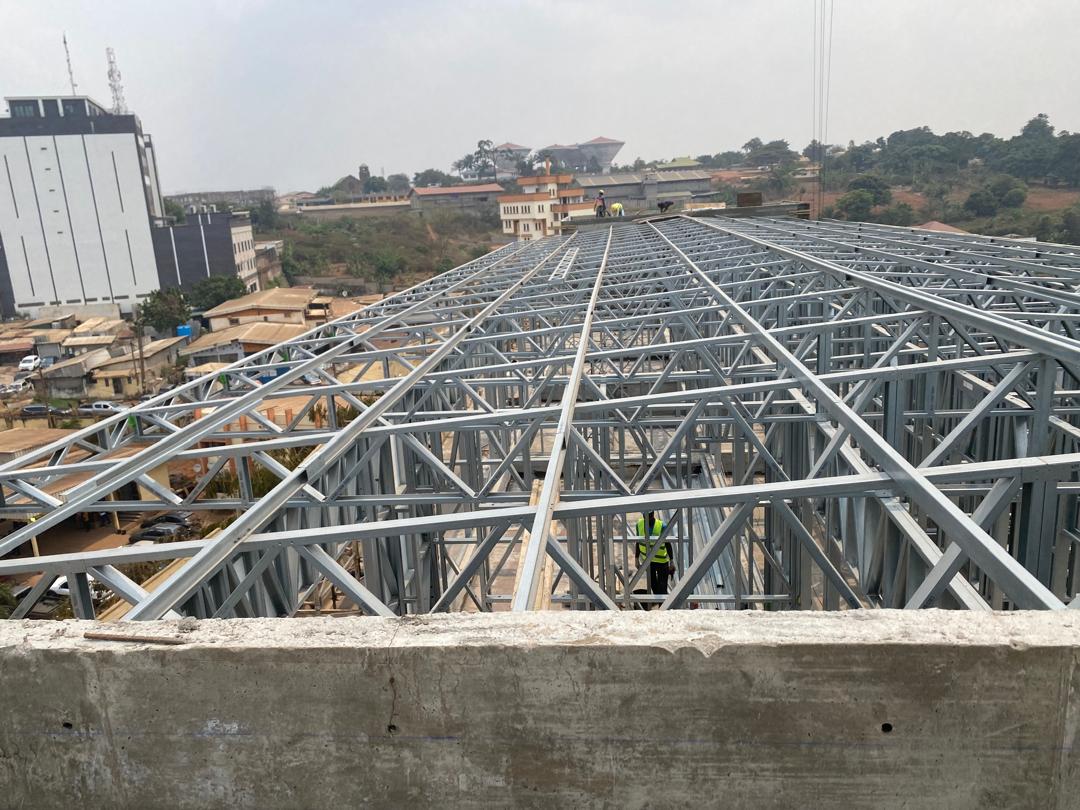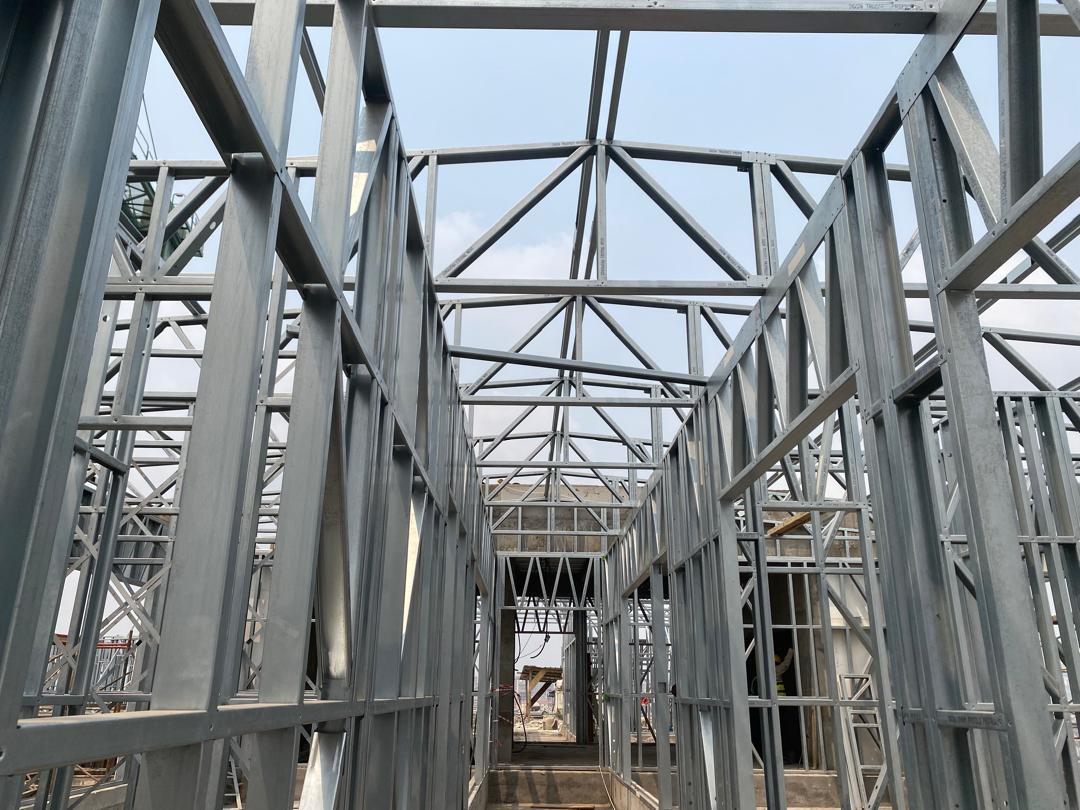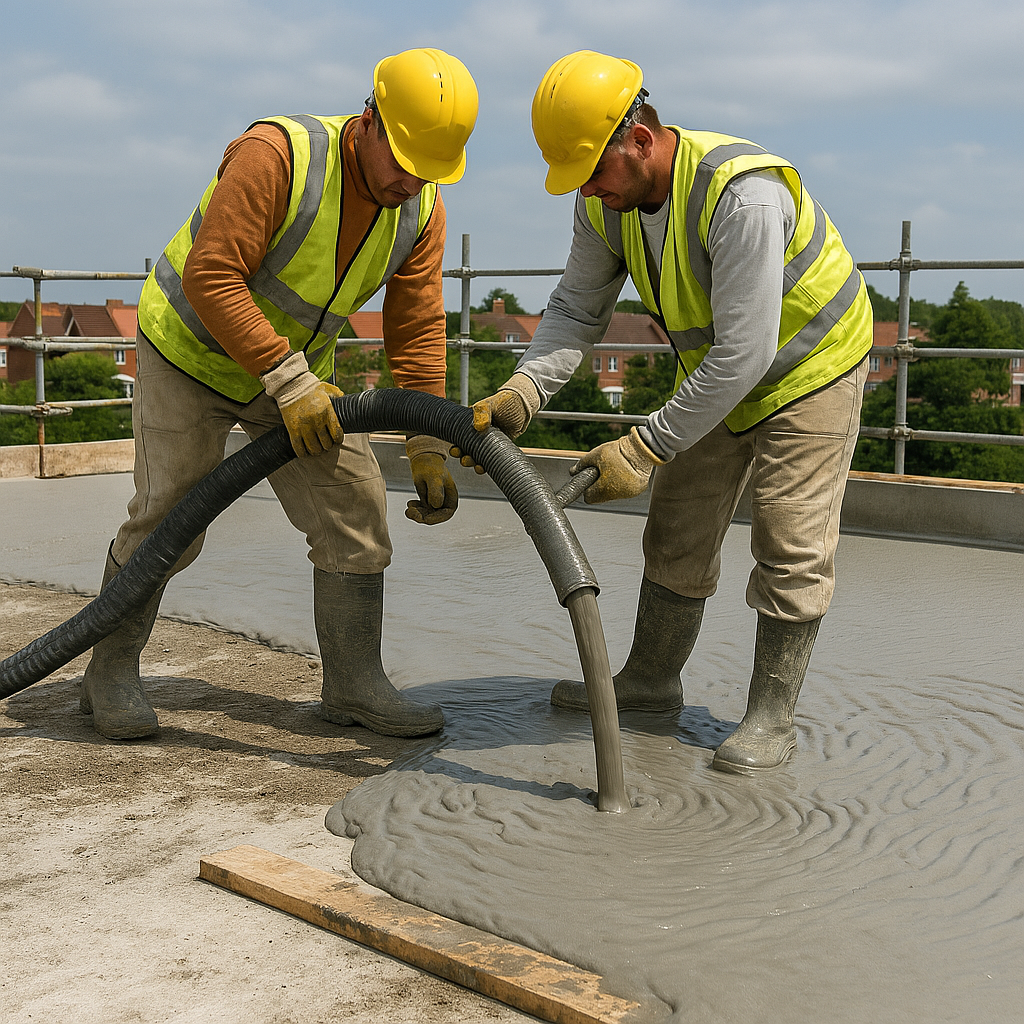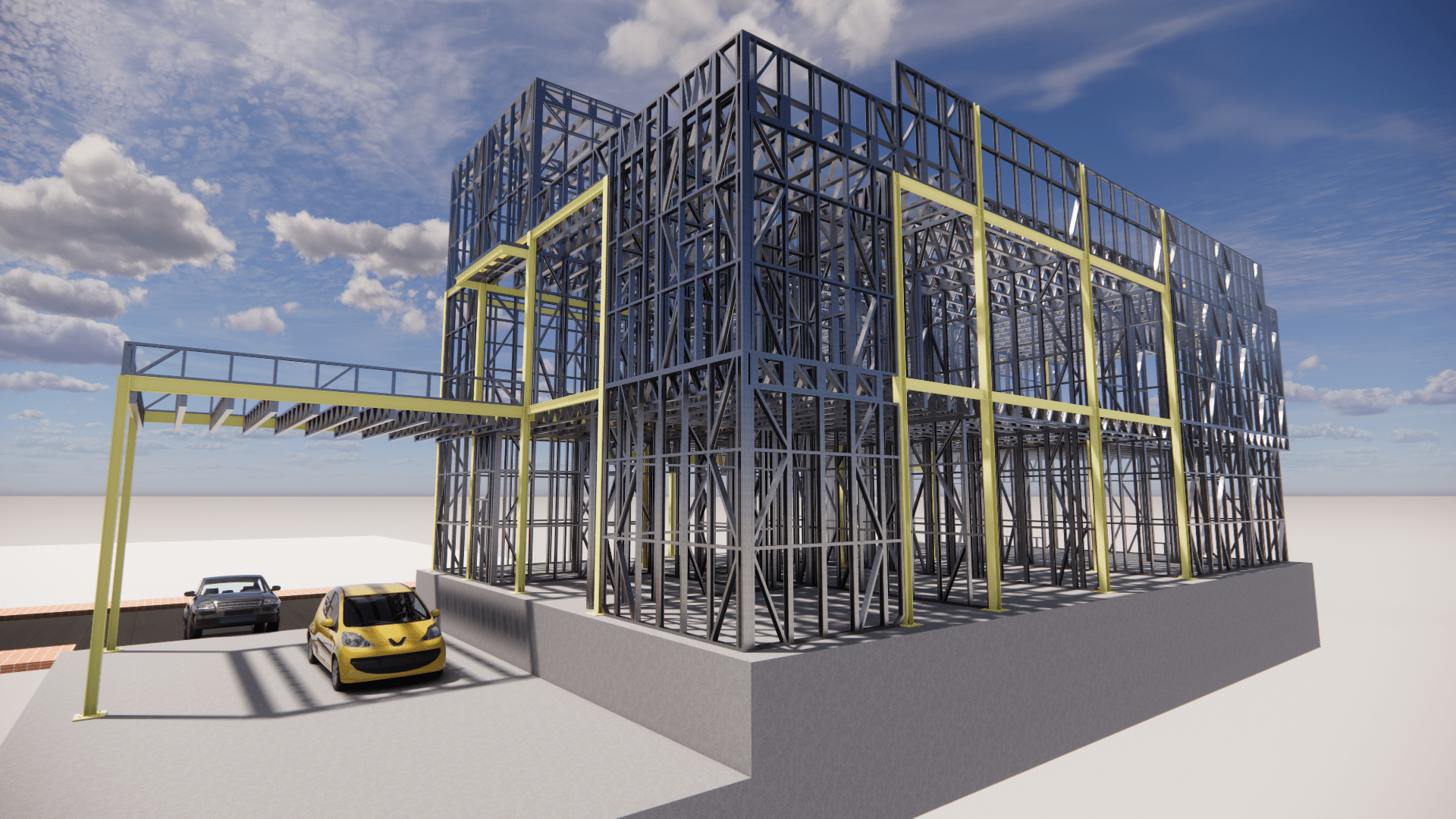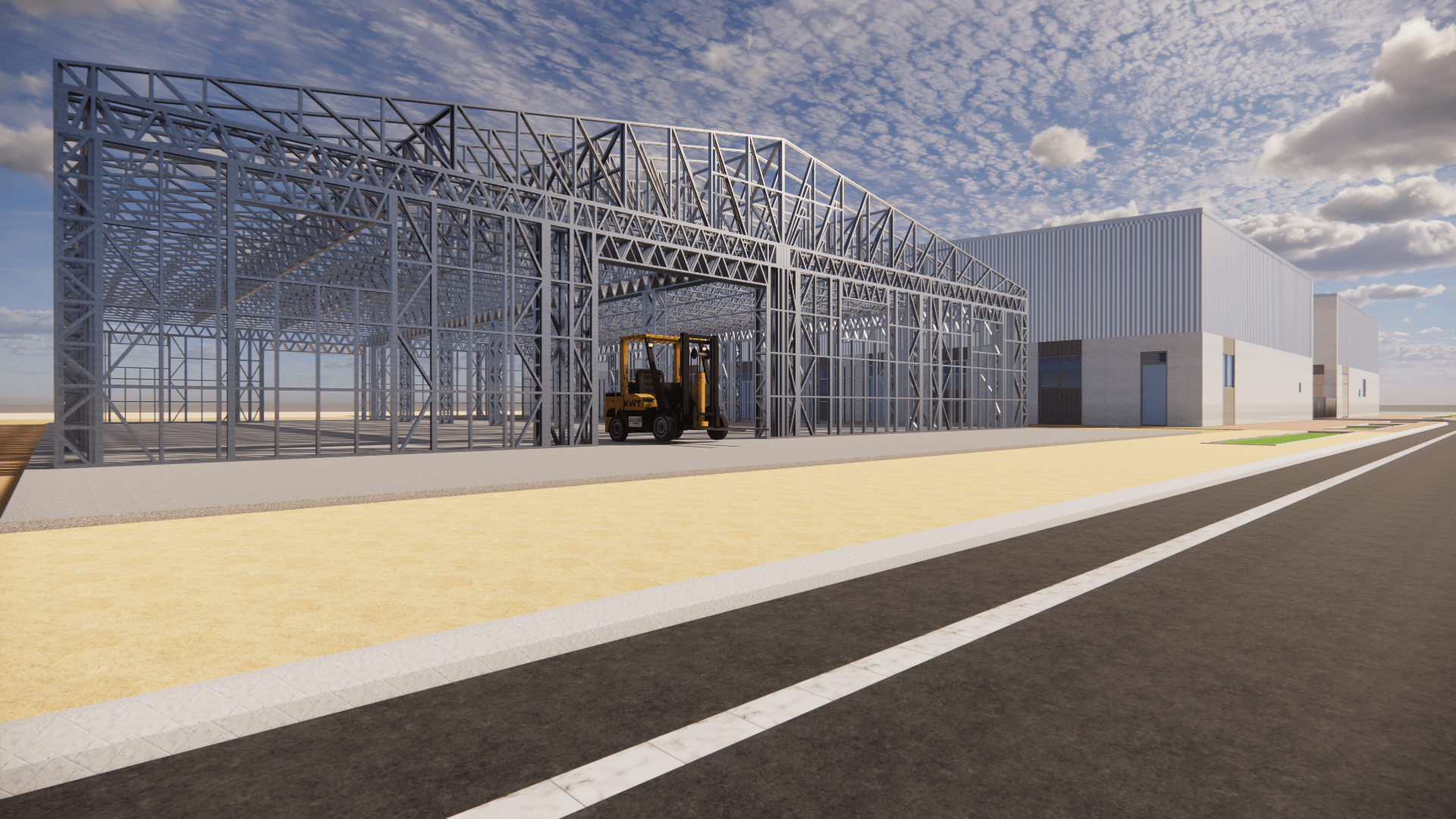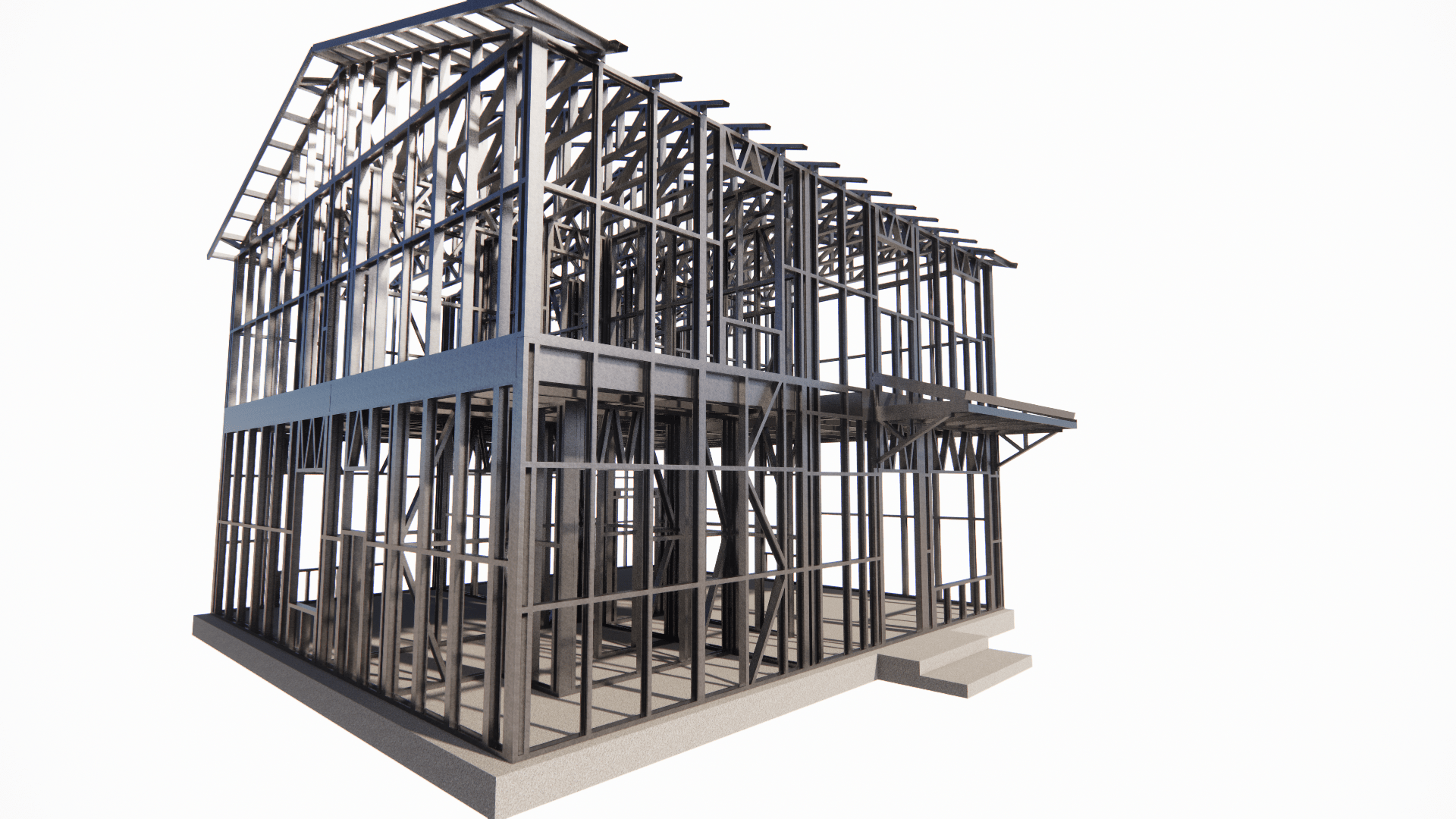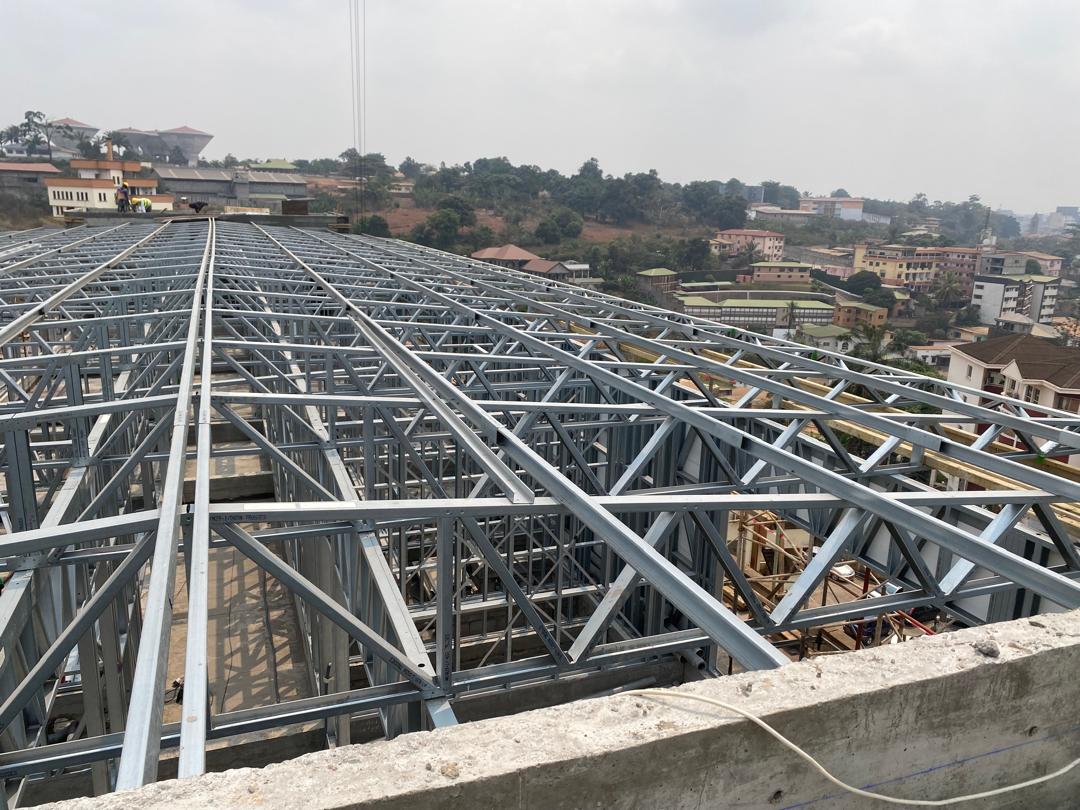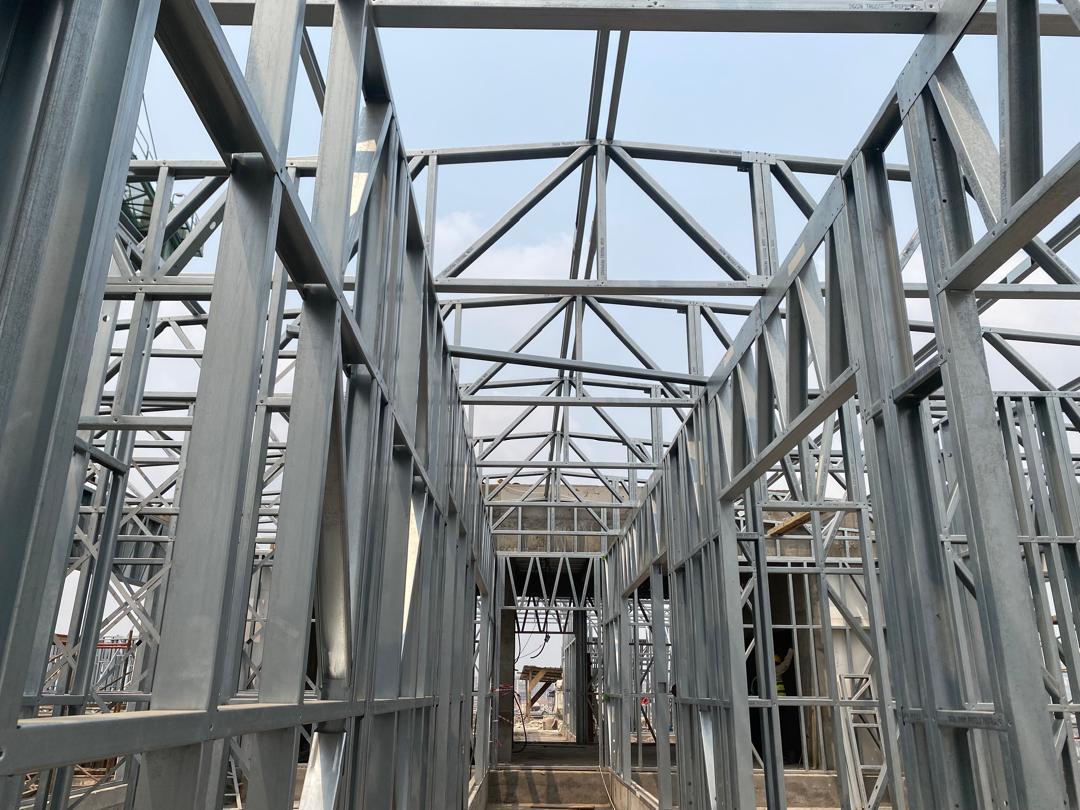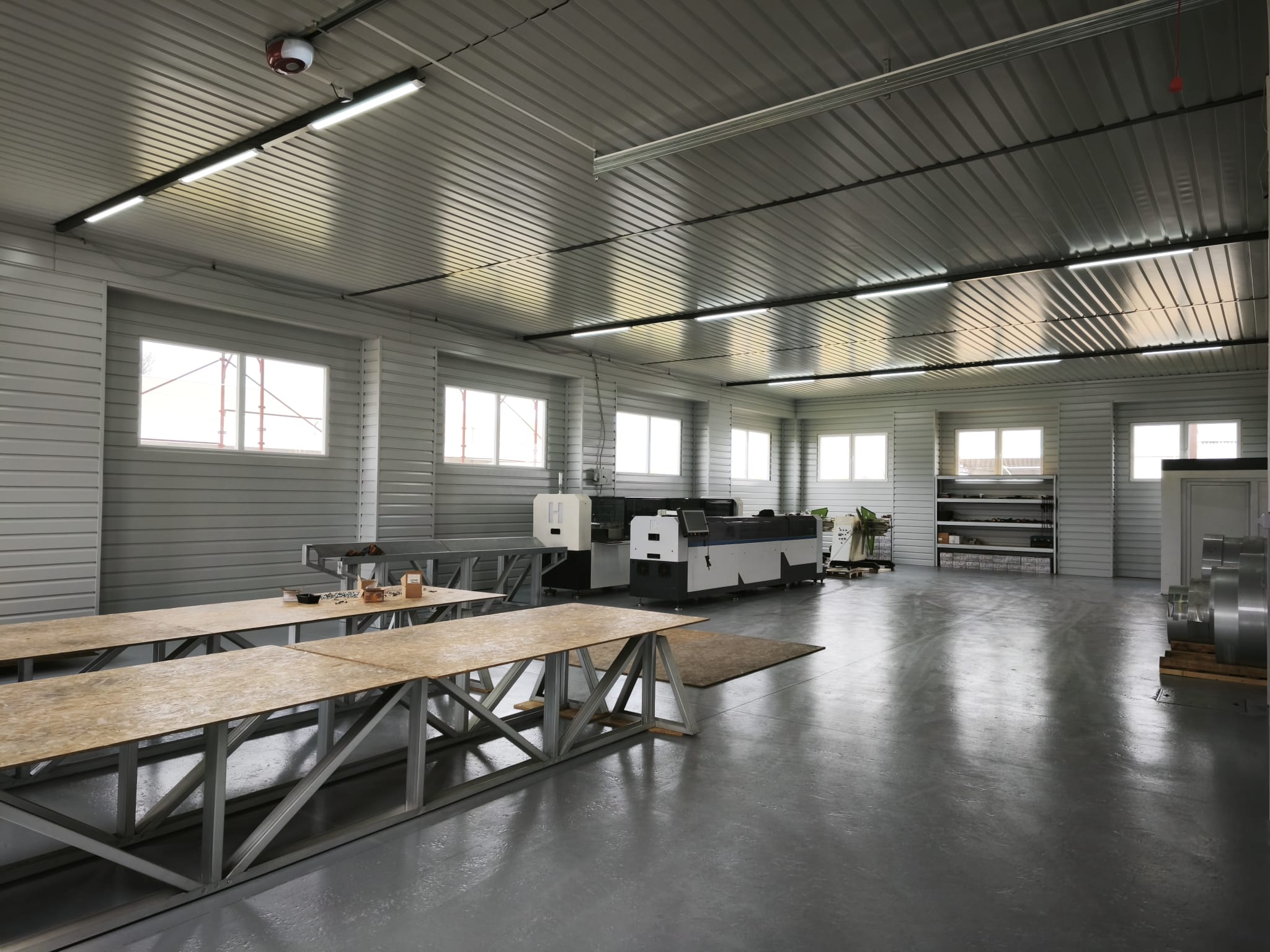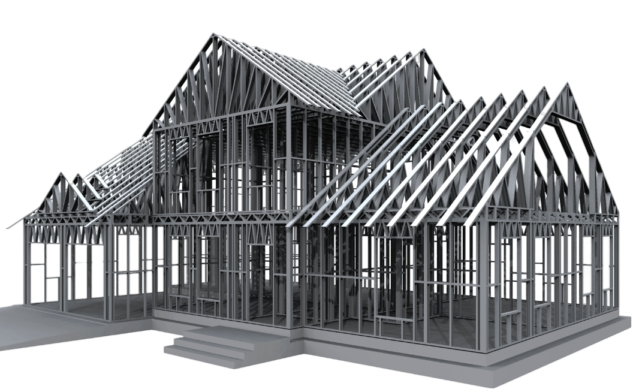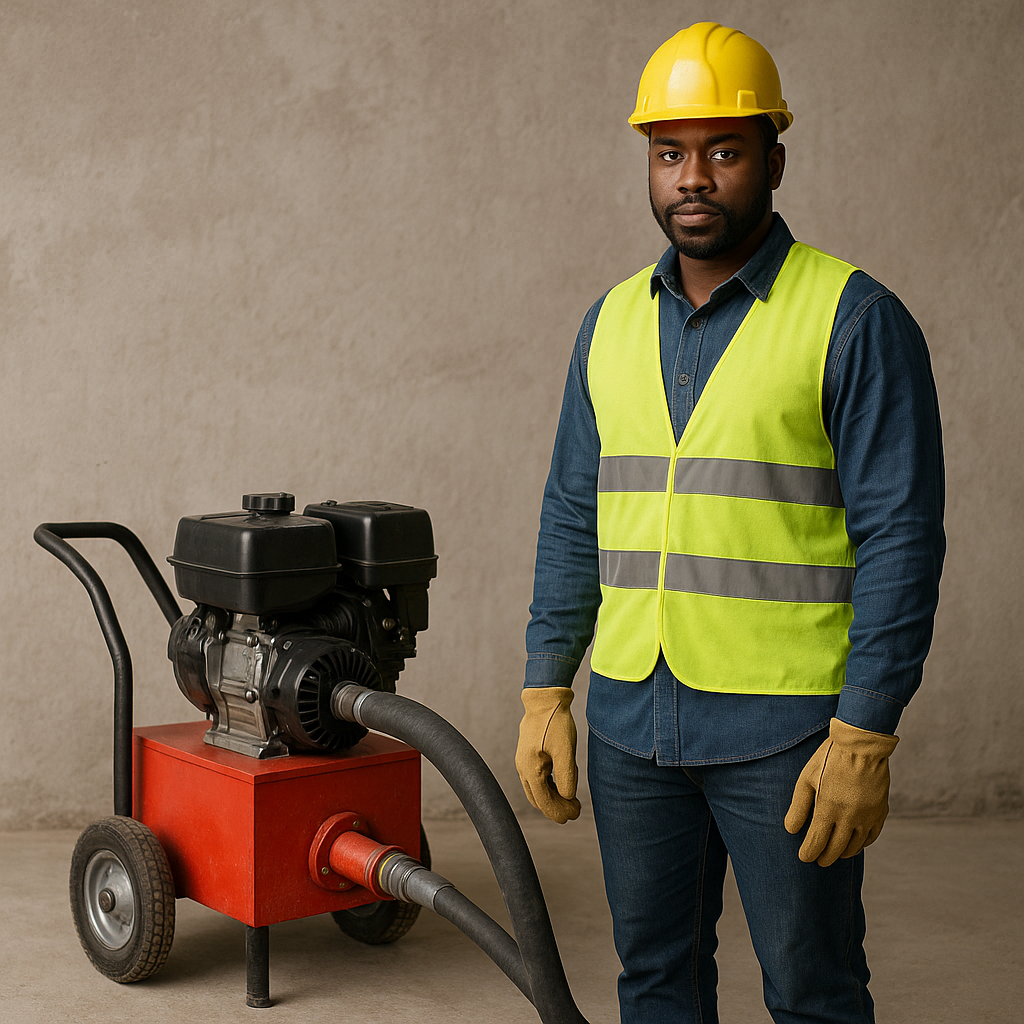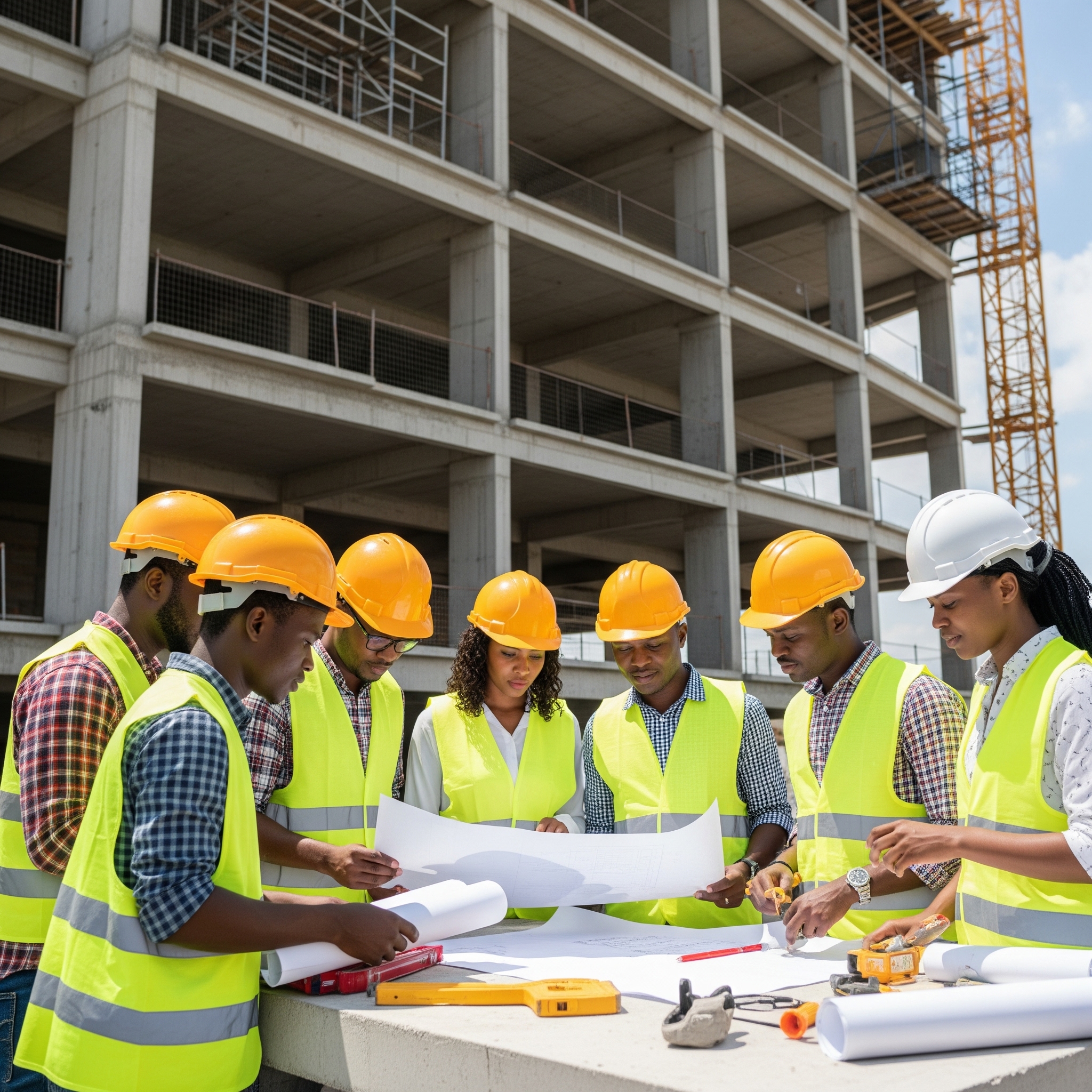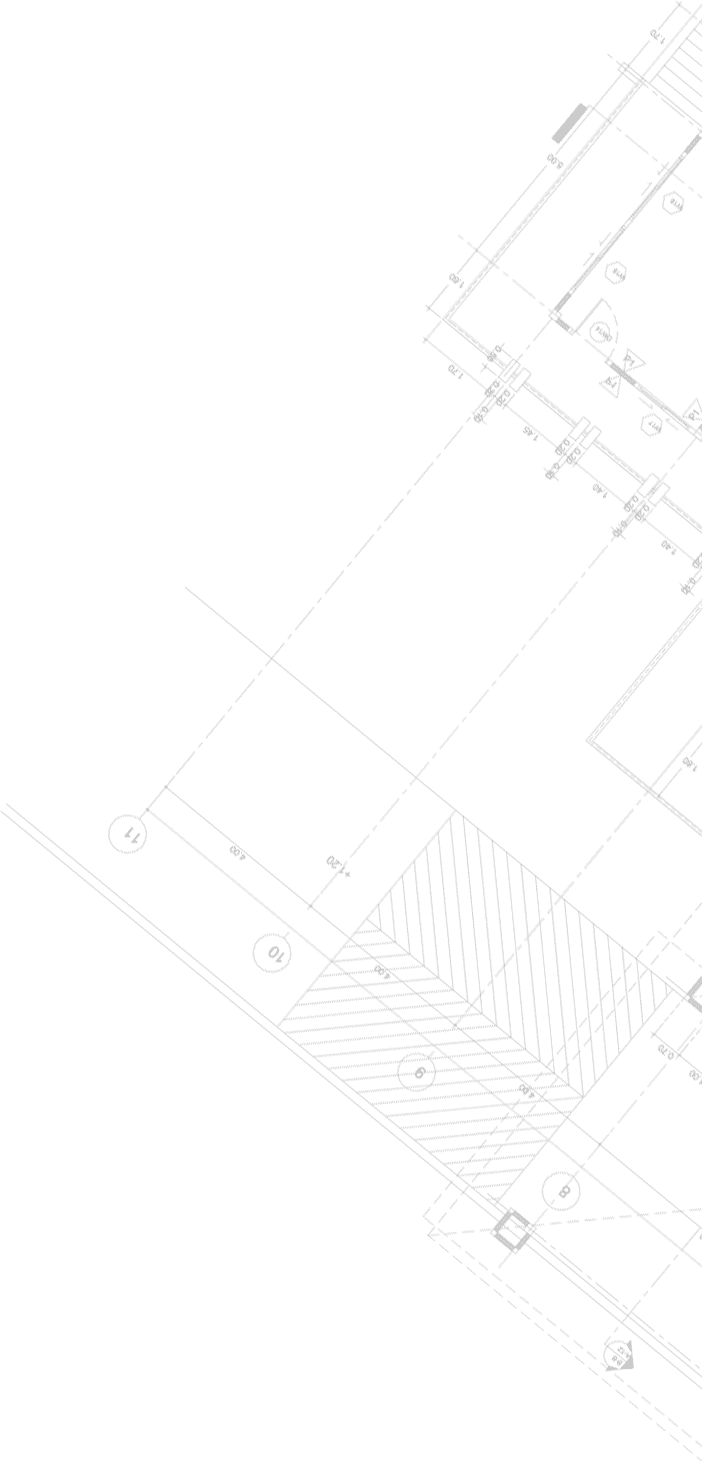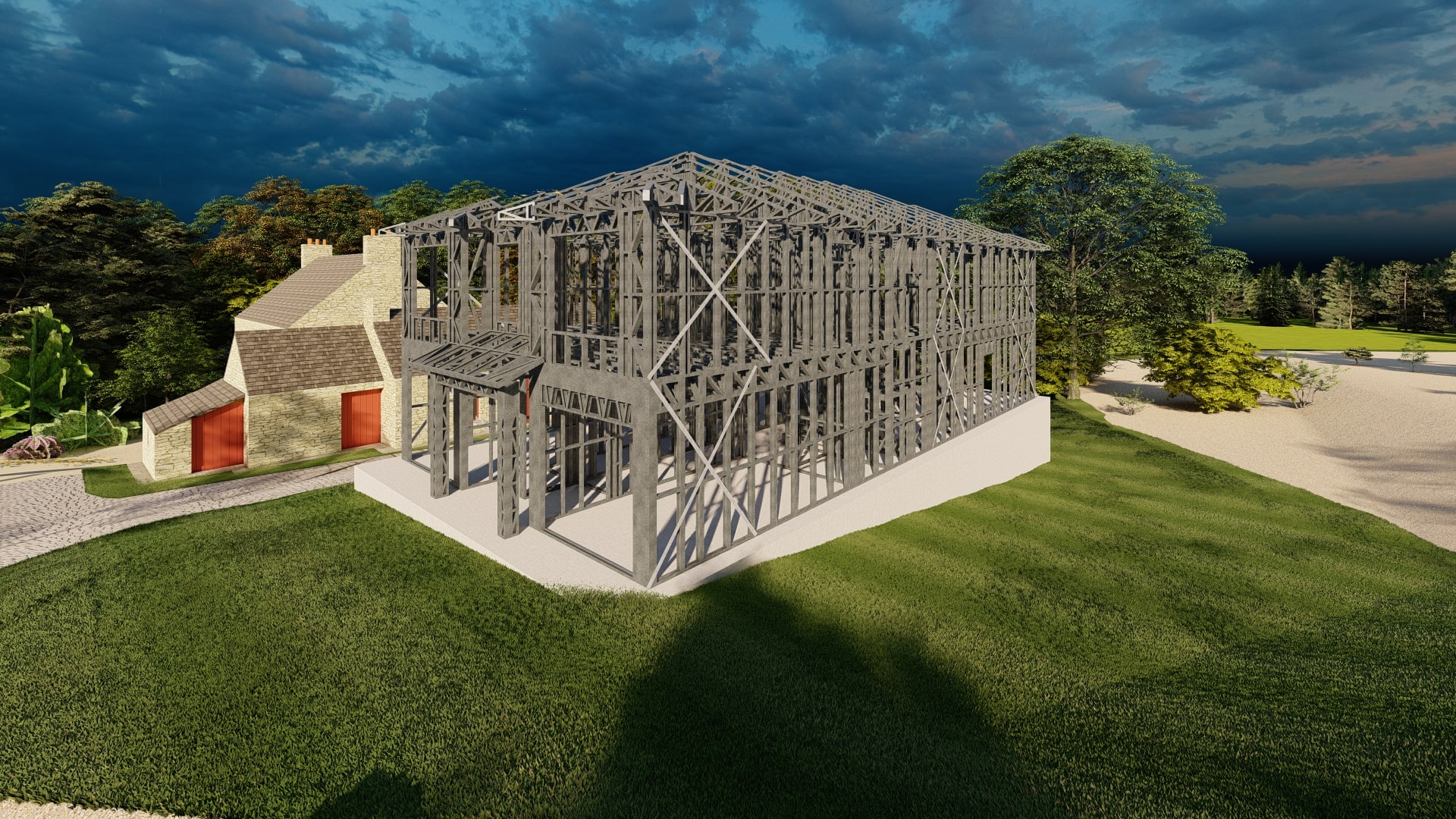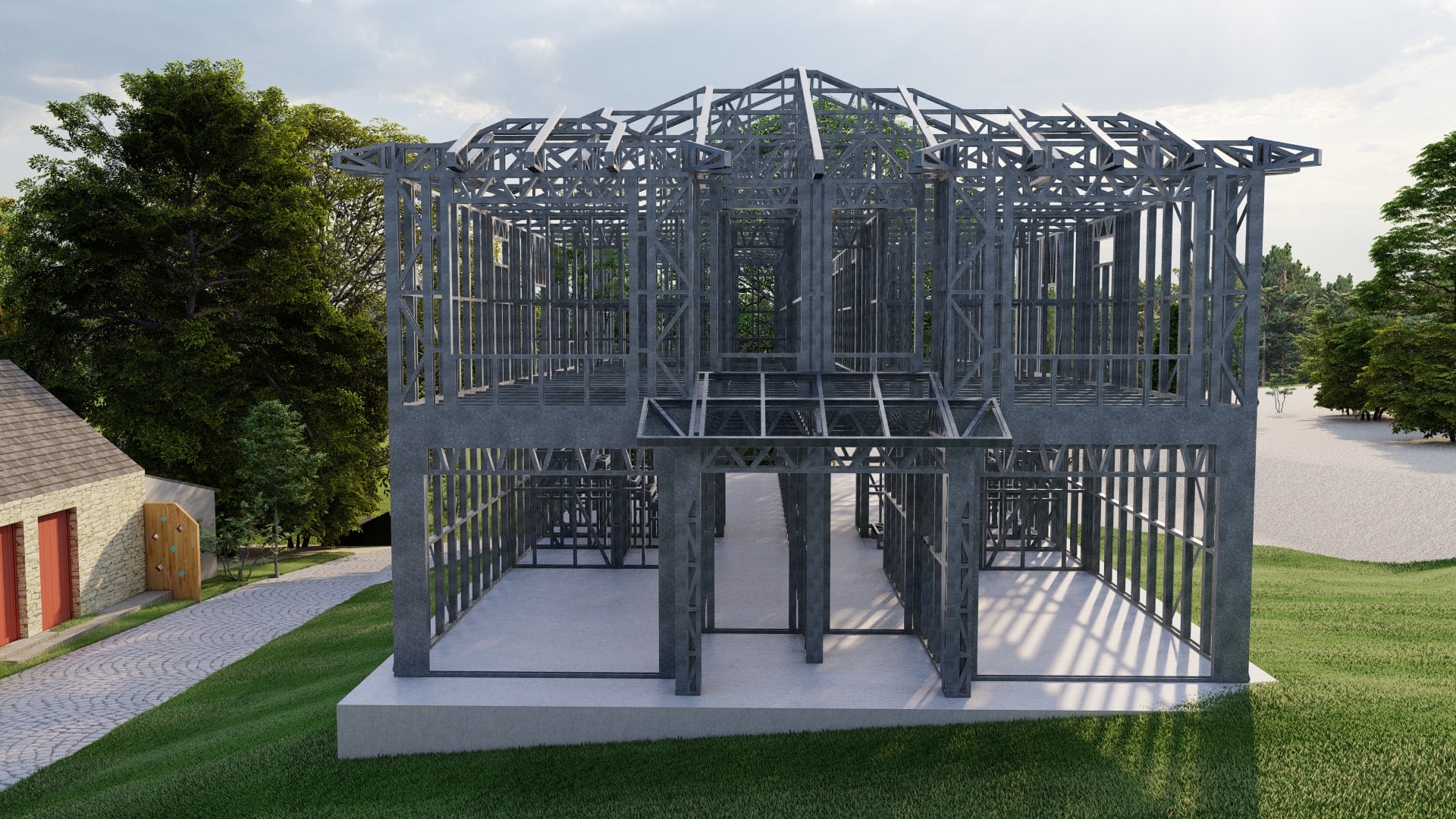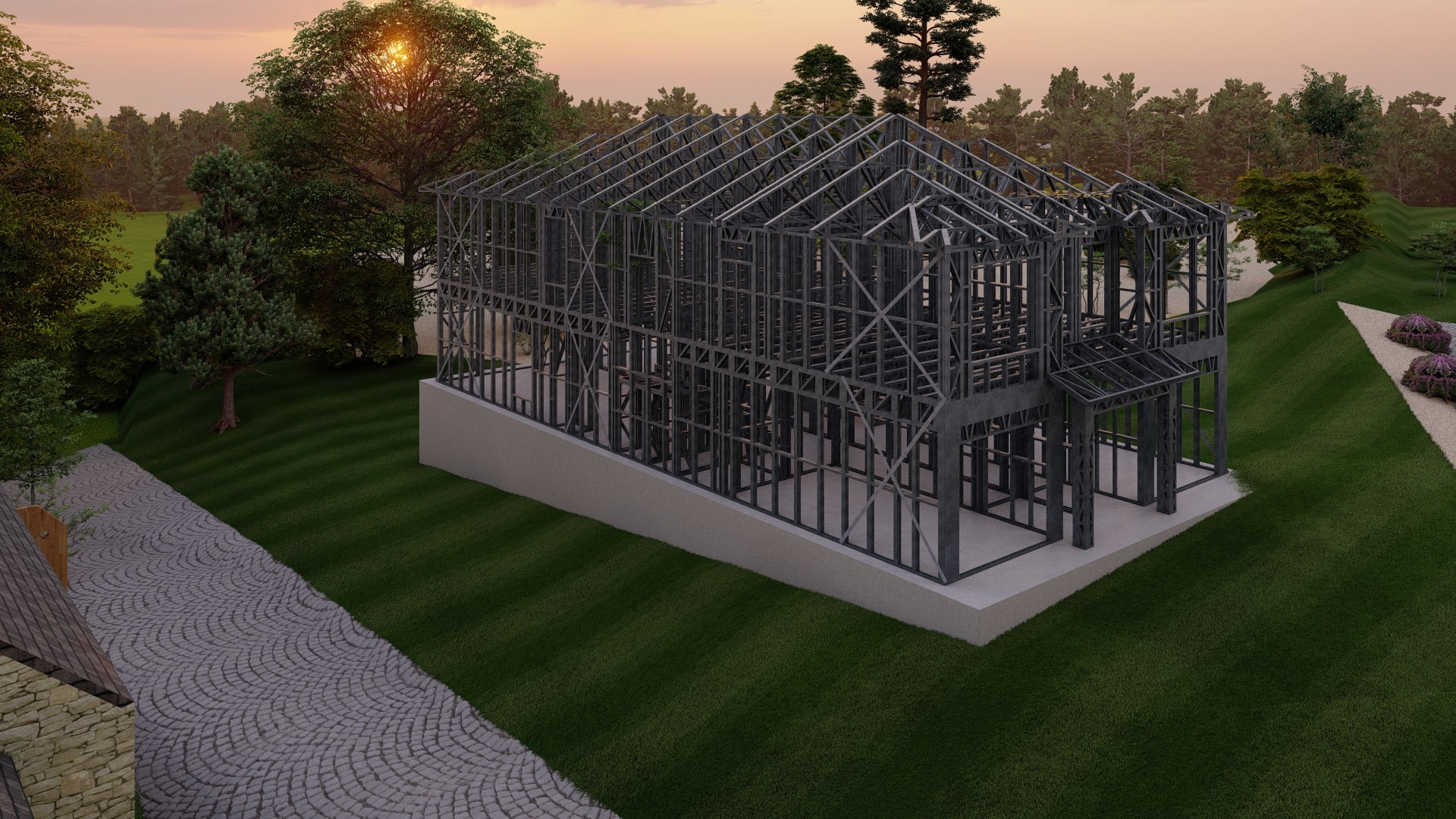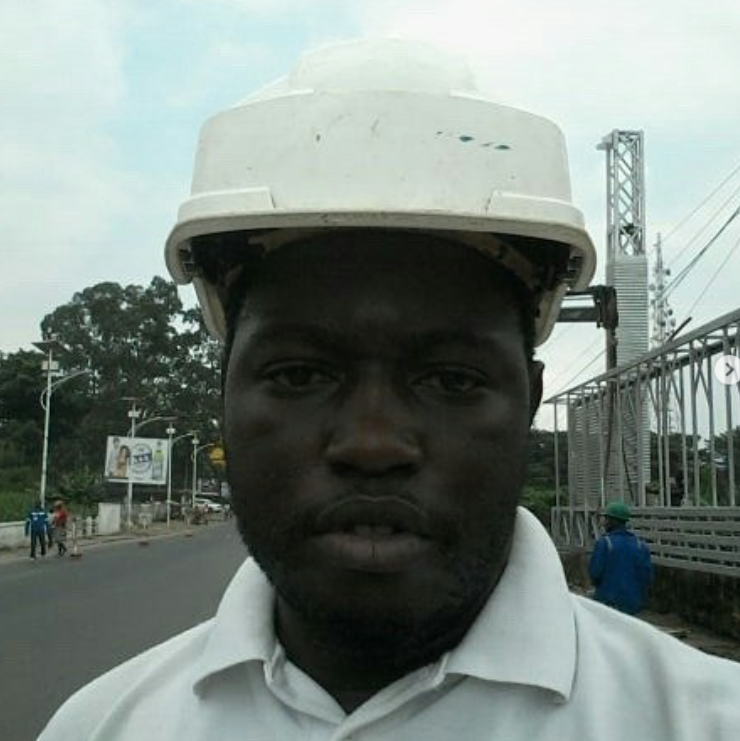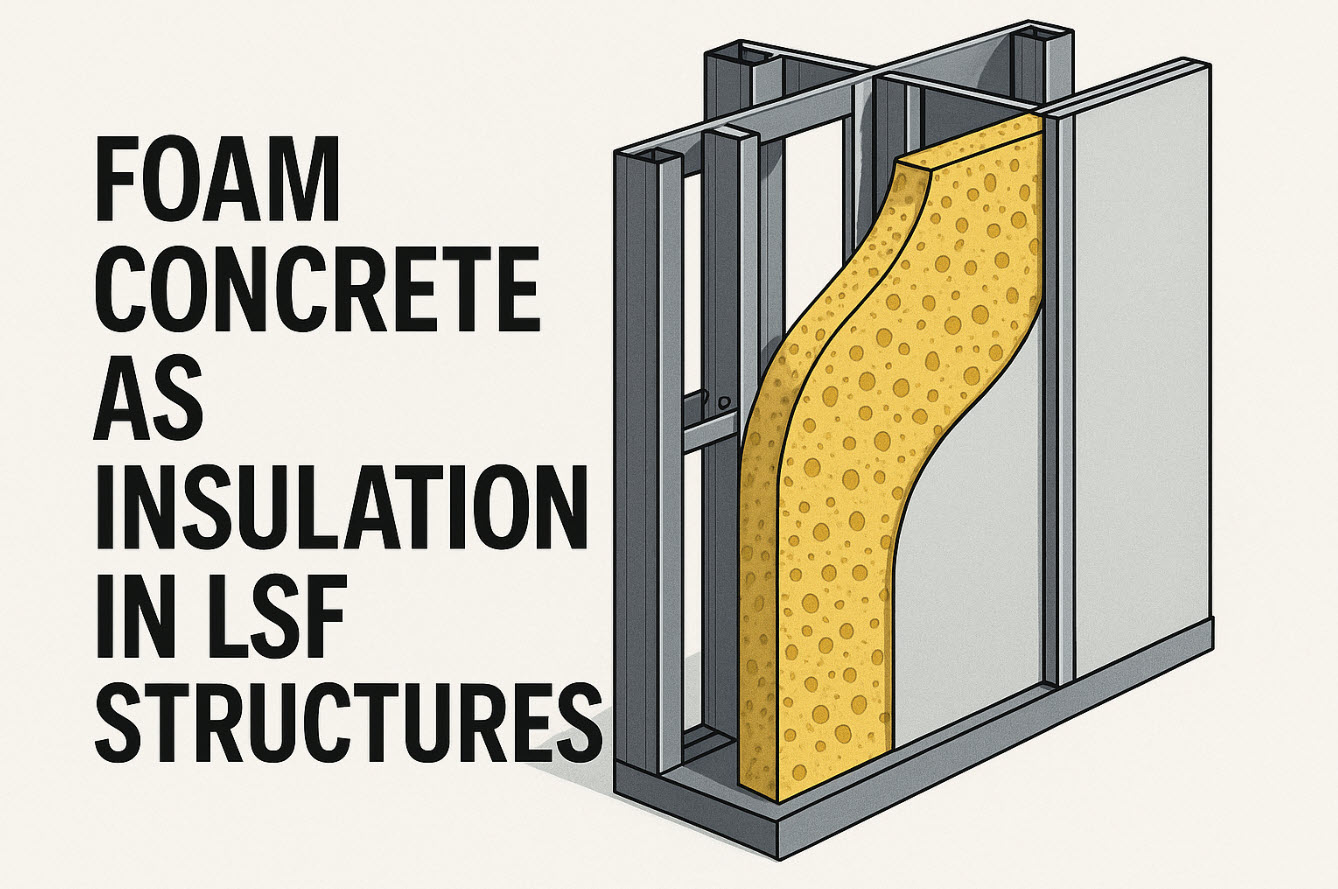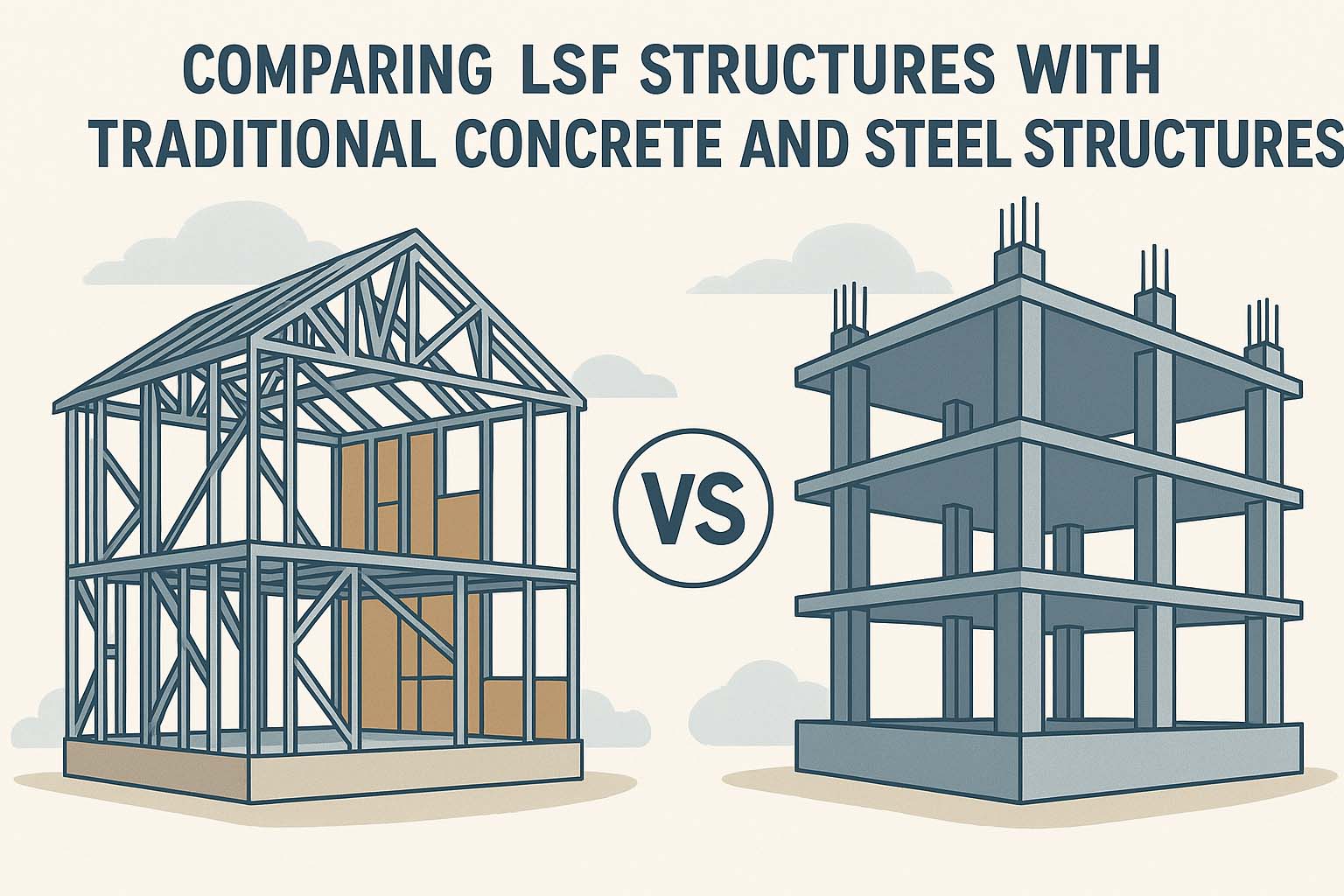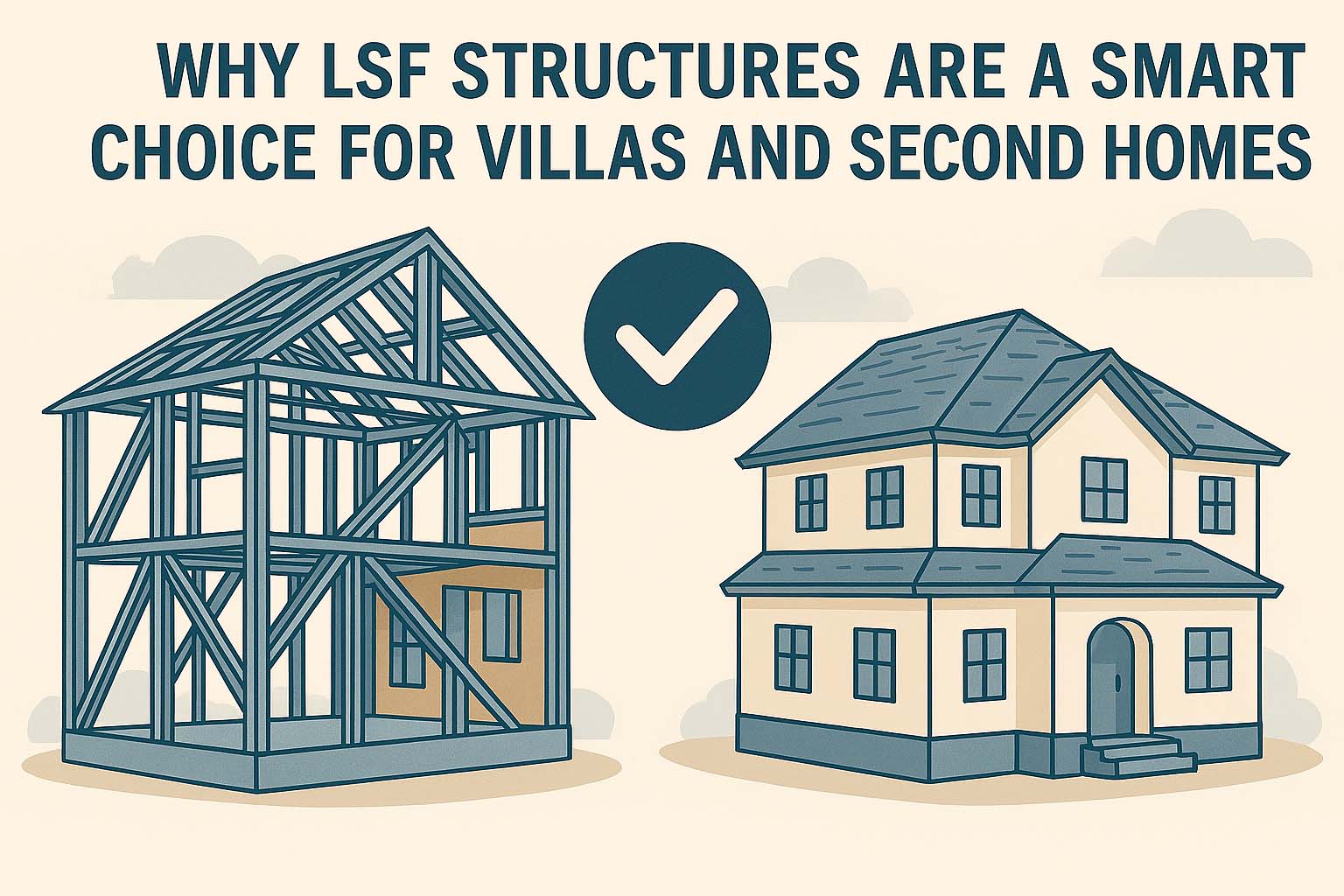Using Foam Concrete as Insulation in Light Steel Framing Structures
Great. I’ll begin a deep technical research article on the use of foam concrete as insulation in Light Steel Frame (LSF) structures, covering its thermal, acoustic, and fire resistance properties.
I’ll also explore current engineering practices, benefits, challenges, and performance metrics—drawing from international standards and technical literature where available.
I’ll let you know once the article is ready for your review.
Introduction to Light Steel Frame (LSF) Systems
Light Steel Frame (LSF) construction uses thin, cold?formed steel sections (studs and tracks) as the primary structural frame for walls and roofs. LSF walls may be loadbearing or non?loadbearing (partitions), and steel is often used in combination with other structural elements. Steel framing is very strong in tension and compression and has a high strength?to?weight ratio; a typical LSF building is comparable in cost to a timber?frame building. Because steel elements are prefabricated and light, LSF structures can be assembled rapidly with high precision (often under factory conditions) and with minimal onsite waste. Other attributes of LSF include long service life (durable if kept dry), non?combustibility (steel does not burn, though it softens at high temperature), good seismic performance (ductility), and resistance to termites and vermin. (Steel does conduct heat, so design must incorporate thermal breaks/insulation to prevent bridging.) Overall, LSF offers energy?efficient construction: extremely low U?values can be achieved by sandwiching thick insulation layers between the steel studs, which minimizes thermal bridges and creates a highly airtight enclosure. Modern LSF codes (e.g. AISI S100 in North America, Eurocode 3 Part 1-3 in Europe) and performance standards guide design of cold?formed steel walls for structural and fire safety, ensuring that these steel?framed systems meet international building requirements.
Foam Concrete: Composition, Properties, and Types
Foam concrete (also called foamed or cellular concrete, or aircrete) is a cementitious material made by mixing a cementitious slurry (often cement + water, sometimes with fly ash or other binder) with a preformed foam to entrain a high volume of air bubbles. It contains little or no coarse aggregate: instead, lightweight fine aggregate (or none) and foam generate up to 90% porosity by volume. Typical densities range from about 400–1600?kg/m³ (dry) depending on the foam content. This extreme cellularity gives foam concrete very low self-weight (often 20–80% lighter than normal concrete) and high flowability – it can be poured or pumped into forms without vibration or compaction. The foam (often a stable synthetic or protein?based surfactant) creates uniform bubbles ~0.1–1?mm in size. By adjusting the mix and foam dosage, foam concrete can be produced in various grades: very low?density mixes (200–600?kg/m³) for insulating fills, medium?density (600–900?kg/m³) for blockwork or panels, and higher?density (~1000–1600?kg/m³) for semi-structural applications. Some formulations use additives (fly ash, microspheres, polymers, fibers) to tailor properties; for example geopolymer or magnesium phosphate cement binders can yield higher strength or heat resistance. In practice, foam concrete is widely used in modern construction worldwide (e.g. Turkey, Germany, UK, Thailand) for insulated wall panels, blocks, floor and roof insulation, and filling voids.
Foam Concrete as Insulation: Technical Performance
Thermal Insulation
Foam concrete’s high porosity makes it a good thermal insulator compared to normal concrete. Its thermal conductivity k decreases strongly with density. For example, Zhang et al. found that when foam concrete density varied from 585 to 1370?kg/m³, k increased from about 0.15 to 0.48?W/m·K. In practical terms, low-density mixes (400–600?kg/m³) typically have k on the order of 0.1–0.2?W/m·K, while denser mixes approach 0.4–0.5?W/m·K. Thus, foam concrete provides moderate insulation – better than ordinary dense concrete (?1.4?W/m·K) but much less than lightweight synthetic foams (EPS ~0.03–0.04?W/m·K) or mineral wool (~0.035?W/m·K). The actual k depends on cement type and foaming gas: e.g. foam created with CO? has lower k than with air or hydrogen. In any case, higher foam volume (lower density) yields more porosity and hence lower conductivity. In design, the reduced conductivity of foam concrete must still be accounted for: roughly 200–300?mm thickness of foam concrete may be needed to match the R-value of only ~50?mm of polystyrene, for example. That said, foam concrete can be poured to completely fill cavities, eliminating voids and reducing thermal bridging around studs. In LSF walls, concrete?filled cavities can thus significantly slow heat flow through the section.
Acoustic Insulation
The open-cell structure also gives foam concrete sound-absorbing properties. Studies report that cellular (foamed) concrete has much higher acoustic absorption than dense concrete. For instance, foamed walls have been measured to absorb sound about ten times more effectively than a solid concrete wall. Thin samples of glass-fiber?reinforced foam concrete (GFC) showed remarkably high absorption (α≈0.7–1.0) even in low-frequency bands (40–150?Hz). In one study, alkali-activated slag foam concrete with 25–35% foam content achieved peak absorption coefficients of 0.8–1.0 in the mid–high frequency range (up to 2000?Hz). In general, acoustic performance improves as density decreases (more porosity). While few precise standards exist for foam concrete’s sound transmission (most data are experimental), these findings indicate foam concrete can attenuate noise substantially. In LSF buildings, a foam?filled wall will typically outperform an unfilled or fully solid wall in sound insulation, though dense fiber insulations (mineral wool) might give equal or better performance per unit thickness. Overall, foam concrete can function as both thermal and acoustic insulation in one material.
Fire Resistance
Foam concrete is inherently fire-resistant because it is cementitious and contains no organic binder. The cement matrix is noncombustible, and the moisture in the pores can absorb heat as vaporizing water, improving fire endurance. Indeed, foam concrete has been used to enhance fire ratings of steel?framed walls. Recent fire tests (both numerical and experimental) on LSF walls filled with lightweight concrete show significant fire protection benefits. For example, Upasiri et al. (2022) numerically compared LSF panels with various cavity fillings (Autoclaved Aerated Concrete (AAC) 600?kg/m³, foam concrete (FC) 650?kg/m³, and FC 1000?kg/m³) to empty or mineral wool?insulated cavities. All concrete?filled panels showed higher fire?resistance (R?values) than unfilled panels, with the 1000?kg/m³ foam concrete mix giving the best performance. In other words, higher-density foam concrete (and AAC) imparted greater insulation and structural support in fire. (Note that while steel itself weakens at ~300–500?°C, the insulation provided by plasterboard and infill delays steel heating.) Thus foam concrete as cavity infill can roughly double the time to structural failure in standard fire tests compared to empty walls. International tests like ISO?834 and ASTM?E119 would similarly classify foam?concrete?filled LSF walls as fire?rated assemblies, provided sufficient thickness and board linings are used. Additionally, foam concrete’s lack of organics means it produces no toxic fumes in fire. In summary, foam concrete dramatically improves LSF wall fire resistance while being itself noncombustible.
Advantages of Foam Concrete in LSF Buildings
Using foam concrete as insulation in LSF frames offers several benefits:
-
Energy Efficiency: Foam concrete adds thermal mass to the wall, smoothing indoor temperature swings. Its low conductivity improves wall R-value compared to empty cavities. Because it can fill the entire cavity, it eliminates small gaps and thermal bridges around studs.
-
Structural Support: Higher-density foam mixes can carry some in-plane loads, bracing the steel framing. This can stiffen panels and reduce stud buckling. (In practice, however, LSF design typically counts on the steel for all gravity/shear loads, with the infill acting as non-structural insulation.)
-
Fire Safety: As noted, foam concrete is noncombustible and can enhance the fire rating of LSF partitions and claddings. Unlike organic foams (EPS, PUR), no flame-retardant additives are needed.
-
Acoustic Damping: The air-entrained matrix absorbs sound, improving room-to-room noise isolation without separate absorptive layers. Combined with rigid linings, foam concrete can raise the STC (Sound Transmission Class) of a wall.
-
Durability & Moisture: Cement-based foam concrete does not sag, settle, or off-gas over time. It resists mold and rot (no organic binder) and can be formulated to be water-resistant. One industry report notes foam concrete insulation has a much longer useful life (?100?years) than fibrous insulations (~25?years) because it does not shrink or degrade.
-
Ease of Installation: Foam concrete can be injected or poured on-site as a liquid (then hardens), automatically filling voids. Unlike cutting and fitting batts, foam is monolithic and requires no battens or sealants. This can simplify construction and eliminate labor errors (gaps or compression of insulation). Specialized pump systems can deliver foam concrete into prefabricated LSF panels or in-place framing.
-
Resource Use: Foam concrete can incorporate industrial byproducts (fly ash, slag) as cement replacement, lowering embodied CO?. Because it replaces heavier materials, it can reduce overall material weight and waste. LSF with foam infill typically uses fewer total materials (by weight) than masonry or thick timber walls, with high recycled steel content already built in.
In practice, these advantages mean LSF walls insulated with foam concrete can achieve very high thermal and acoustic performance in a single step, without needing separate insulation layers, while also improving durability and fire safety. For example, one modular building system explicitly marries foam concrete with LSF to get “exceptional… thermal and sound insulation” in its wall panels.
Challenges and Limitations
Despite its benefits, foam concrete use in LSF also poses challenges:
-
Shrinkage and Cracking: Cellular concretes typically exhibit higher drying shrinkage than normal concrete. Studies report 0.1–0.35% volume shrinkage in hardened foam concrete. Uneven curing can cause cracking, especially near exposed surfaces. Mitigation (e.g. adding fibers, shrinkage-reducing admixtures, or slower curing) is often required. Cracking can create thermal gaps or allow moisture ingress, undermining insulation.
-
Low Strength: Foam concretes have low compressive strength (often only a few MPa at low densities). This limits their ability to carry loads. In LSF applications, one must ensure the concrete infill does not impose excessive lateral pressure on the studs (i.e. formwork must contain the slurry until it sets). Typically foam concrete is used as a non-structural fill, and the steel frame is engineered for the full load.
-
Moisture and Corrosion: Fresh foam concrete has high water content. If not properly cured or protected, residual moisture could corrode the steel studs or coatings. Proper waterproofing of the cavity (e.g. with vapour barriers) and use of galvanised/stainless steel profiles are needed.
-
Weight and Handling: Although light by concrete standards, foam concrete is heavier than fibrous insulations. For deep cavities, the additional dead load on the frame may require stronger sections or bracing. Transport and pumping of the mix can be logistically more complex than bringing in rolls of insulation.
-
Quality Control: Producing uniform foam concrete requires controlled mixing (foam quality, water content, binder). Variations can lead to uneven insulation or densities. Consistency and curing conditions must be monitored on site or in a factory setting.
-
Construction Integration: Unlike pre-cut insulation boards, foam concrete typically must be cast in place. This requires formwork or rigid backing sheets during pour, and enough time for curing before finishing. In retrofit or phased construction, injecting foam into enclosed cavities can be difficult. Panelized systems (precast foam-concrete panels) avoid this, but require factory production.
Overall, these limitations mean that use of foam concrete in LSF demands careful engineering: designs must account for its moisture and shrinkage behavior, and on?site application must follow strict procedures. Building codes may not explicitly cover foam concrete inserts in steel walls, so test verification (e.g. fire or load tests) is often needed to certify performance of each assembly.
Engineering Integration Techniques
In practice, foam concrete is integrated into LSF buildings in two main ways: in?place filling and prefabricated panels.
-
In-Situ Filling: The steel frame is erected with temporary sheathing or formwork on one or both sides. The foam concrete slurry is then pumped into the cavity, filling the space between studs. Care is taken to pour gradually and evenly to avoid undue lateral pressure. After pouring, the material is leveled flush with edges. Once cured, outer finishes (e.g. plasterboard, cladding) are applied. This method creates a monolithic, gap-free insulation layer. (Indesol’s system, for example, relies on pouring foam concrete into steel-framed modules to achieve a seamless fill.)
-
Prefabricated Panels or Blocks: Foam concrete can be cast into modular wall panels with steel skins, or made into blocks that fit between studs. For instance, autoclaved aerated concrete (AAC) or foam concrete blocks can be dry-stack inside a light steel frame, then anchored and sealed. Sandwich panels with foam concrete core and thin steel or board facings are also possible. These approaches allow factory quality control of the concrete mix and dimensions. The panels are then mounted on the LSF framing like cladding.
In both cases, key practices include: ensuring vapour control (foam concrete can exude moisture during curing), verifying fill density (using test samples), and coordinating foam curing time with construction schedule. Fast-curing cement formulations or additives can accelerate setting. Engineers also sometimes pre-coat studs with corrosion-resistant primer or wrap them to prevent alkaline attack. When properly executed, foam concrete can be combined with LSF just like any other cavity insulation, but it yields a truly monolithic wall core rather than a fluffy filler.
Comparison with Other Insulation Materials
Foam concrete is one of many insulation options for LSF walls. Its trade-offs relative to common materials include:
-
Mineral Wool (Rock Wool/Glass Wool): Thermal conductivity is similar (~0.032–0.040?W/m·K), so both require similar thickness for given R-value. However, mineral wool is fibrous (needs bats/blankets and careful fitting) while foam concrete is cast-in-place. Mineral wool is completely noncombustible; foam concrete is likewise fireproof. Foam concrete provides better sound absorption (due to continuous mass) whereas fibrous wool mainly attenuates airborne sound. Over time, wool can settle or draw moisture; foam concrete is dimensionally stable.
-
Expanded/Extruded Polystyrene (EPS/XPS) or Polyurethane (PIR/PUR): These organic foams have much lower conductivity (~0.025–0.04?W/m·K), so they achieve the same insulation in thinner layers. They are lighter and easy to cut. However, they burn readily and typically require fire barriers (like gypsum boards) in walls. Foam concrete is heavier and bulkier for equivalent R, but inherently fire?safe. Also, EPS and PIR are petroleum?based and not recyclable (foam concrete can include recycled ash/slag).
-
Vacuum Insulation Panels (VIPs) or Aerogels: These advanced materials have ultra?low conductivities (VIP ~0.005?W/m·K, aerogel ~0.015), far outperforming foam concrete. They can yield very thin assemblies. However, VIPs are extremely fragile and expensive, and aerogels are costly. Neither is easily cast in place, so in practical LSF walls these are usually separate inserts, not continuous fills.
-
Concrete or Cement Board: Dense concrete has high k (1.4), so poor thermal insulation. Autoclaved Aerated Concrete (AAC) is a precast foam?concrete block (k0.12–0.14), roughly similar to low-density foamed mixes; it is often used in panels or blocks for LSF walls. AAC is stronger (due to autoclaving) but more expensive.
In summary, foam concrete sits between fibrous and polymeric insulations: it is mineral/noncombustible like wool but has higher conductivity (requiring more thickness). Its unique advantage is that it simultaneously forms structure and insulation. Foam concrete can also support some stiffness (unlike loose fill) and bond to the steel frame. Engineering criteria thus choose it when fire/sound performance, monolithic fill, and durability are prioritized over minimum thickness or absolute R-value.
Case Studies and Applications
Foam concrete has seen real-world use in various LSF and modular systems. For instance, Indesol (a modular building manufacturer) uses a patented process where foam concrete is combined with a light steel frame to create highly insulated wall modules. They claim this “innovative material” grants exceptional thermal and acoustic insulation in their prefabricated buildings. In another example, a 2022 Northumbria University study modelled LSF walls filled with foam concrete and found that panels with 1000?kg/m³ foam concrete passed ISO 834 fire tests with the longest fire-resistance ratings.
Historically, foam concrete’s insulating potential was recognized long ago. For example, in the 1930s a British railway bridge (Smithy Bridge) was infilled with foamed concrete to lighten loads. More recently, US highway engineers have used foam concrete as a lightweight fill (e.g. raising a road culvert base) to avoid overloading existing structures. In building construction, non-autoclaved foam concrete blocks and panels have been used in Europe and Asia for energy-efficient walls and floors. (Anecdotally, several UK and Philippine projects in the 2010s experimented with foam?concrete cavity fill in steel-frame houses.)
Where published case studies are available, they consistently report that foam?filled LSF walls meet or exceed performance of comparable timber-frame or unfilled walls. For example, fire tests of plasterboard-lined LSF walls have shown that adding foam concrete infill can double the fire-resistance time compared to insulation-free cavities. Energy modeling suggests that replacing a traditional loose-fill insulation with a thin layer of foam concrete can reduce heat loss and improve thermal comfort (albeit with thicker walls).
In sum, while not yet mainstream in every market, foam concrete is a proven option in specialized LSF and modular systems around the world. Its successful use in high-performance demo buildings (university research houses, net-zero modular homes) and in industrial/regional projects confirms its viability as an insulator.
Summary and Future Outlook
Foam concrete offers a versatile insulation solution for light steel framing: it combines the low thermal conductivity of a cementitious matrix with the air porosity of foam to yield good energy efficiency, sound damping, and fire safety in one material. Technically, foam concrete stands out for its monolithic fill – by casting a foam?cement slurry into LSF cavities, builders create seamless, void?free insulation without mechanical fixings or membranes. The material’s drawbacks (shrinkage, moisture content, limited strength) can be managed by proper mix design and construction technique. Compared to conventional insulators (mineral wool, EPS, etc.), foam concrete offers a unique mix of noncombustibility and robustness, at the cost of requiring thicker layers.
Looking ahead (2025+), we expect further refinements in this technology. Ongoing research aims to reduce foam concrete density and shrinkage while boosting strength – for example using advanced polymers or nanomaterials as additives. Coupling foam concrete with phase-change materials (PCM) or aerogel composites is being explored to enhance thermal storage and insulation without bulk. On the systems side, automated spraying or 3D?printing of foam concrete into cold?formed steel molds could speed up modular fabrication. Foam concrete’s sustainability may also improve: more replacements of Portland cement (fly ash, gypsum, geopolymer binders) are being tested to lower carbon footprint.
In terms of standards, we may see future inclusion of “cellular concrete infill” in cold-formed steel wall tables (analogous to fiber insulation values) and possibly new test protocols for these hybrid walls. As energy codes become stricter, the demand for high?performance wall systems could make foam?infused LSF walls more attractive. In sum, foam concrete as LSF insulation is a niche but growing practice; its continued development promises to give designers a robust mineral?based insulator that meets the high thermal, acoustic, and fire safety demands of modern construction.
Sources: Recent research (2020–2025) on foam concrete properties and LSF wall performance, industry reports, and international building guidelines were reviewed to compile this analysis. Relevant standards (e.g. Eurocode 3, AISI S100 for cold-formed steel; ASTM fire tests) provide the design framework for LSF/foam?concrete systems. All technical claims are supported by the cited literature and technical sources.





